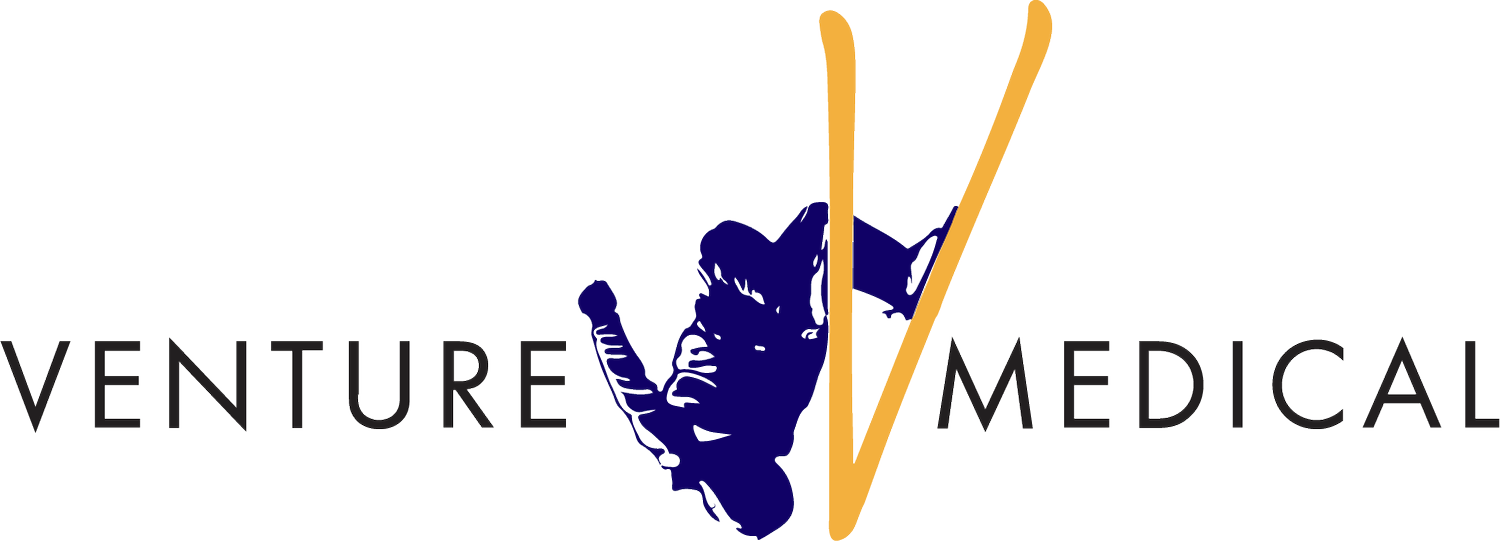ADVANCED DIAGNOSTICS

Improving diagnostics begins with biofilm…
Expert panels worldwide recommend DNA diagnostics in every wound.
Biofilm is seen as the universal barrier to healing, and over 90% of chronic wounds contain biofilm.
Treating biofilm using the full diagnostic picture has shown a profound increase in wound healing rates & speed.
Are your providers keeping biofilm high on their list of priorities?

Species Identified
Are your providers treating your wound for the right bacteria?
Not all bacteria respond to the same antibiotic, and most wounds have multiple bacterial species
Many doctors identify bacteria by culturing it in a petri dish, but this method can only grow 1% of all known bacteria.
We can use DNA sequencing to reveal over 50,000 species of bacteria and fungi.

More wounds close when bacteria & fungi are accurately identified
When we have identified the microbes responsible for the biofilm, we can target them with a customized, localized treatment.
In many cases, we can apply the treatment topically, avoiding many antibiotic side effects.
Treatments like this have been shown to have a profound positive effect on healing rates.

Wounds close faster when they get customized biofilm treatment
Modern research has shown topical ABX treatment guided by DNA diagnostics to have a substantial impact reducing median time-to-closure in chronic wounds.

When all bacteria & fungi in the wound are identified, it is possible to formulate a custom antibiotic gel containing all drugs needed for each microbe present.
Advanced Imaging Technologies

How are you assessing tissue viability?
Now, with new tools you can:
See vascular and arterial insufficiency immediately.
Identify microvascular O2 levels in wound and peri-wound immediately.
Assess debridement adequacy.
Assess surgical closure & graft viability immediately

How do you objectively know all non-viable tissue has been removed?
Dead tissue can harbor & protect bacteria & biofilm
When non-viable tissue is not addressed, it can increase time to heal & lead to poorer prognoses

Guiding Treatment Decisions
Insurers like to see justification for treatments
Have you considered deploying technologies to aid in treatment?

Evidence suggests progress and diagnostics should be re-evaluated every 30 days
Is treatment achieving maximal effect?
We constantly assess the need to revisit advanced diagnostics.
What we can add, change, or enhance?
Next Steps
Do you have patients who could benefit from new tools?
Let our staff give you a more in-depth overview and arrange demonstrations which you can use for your patients.


